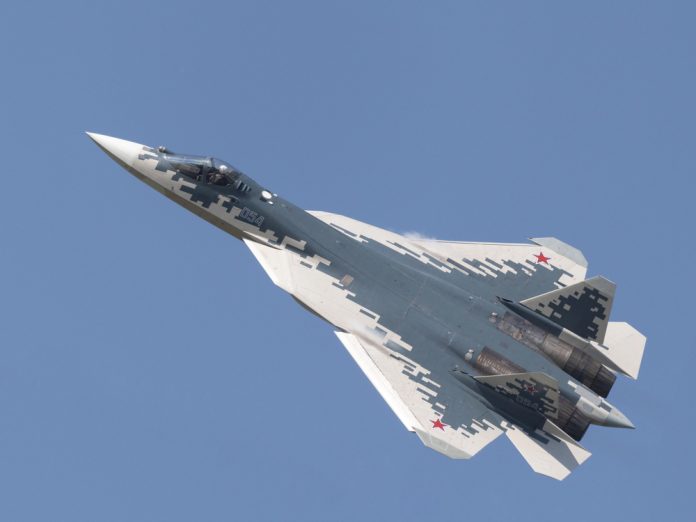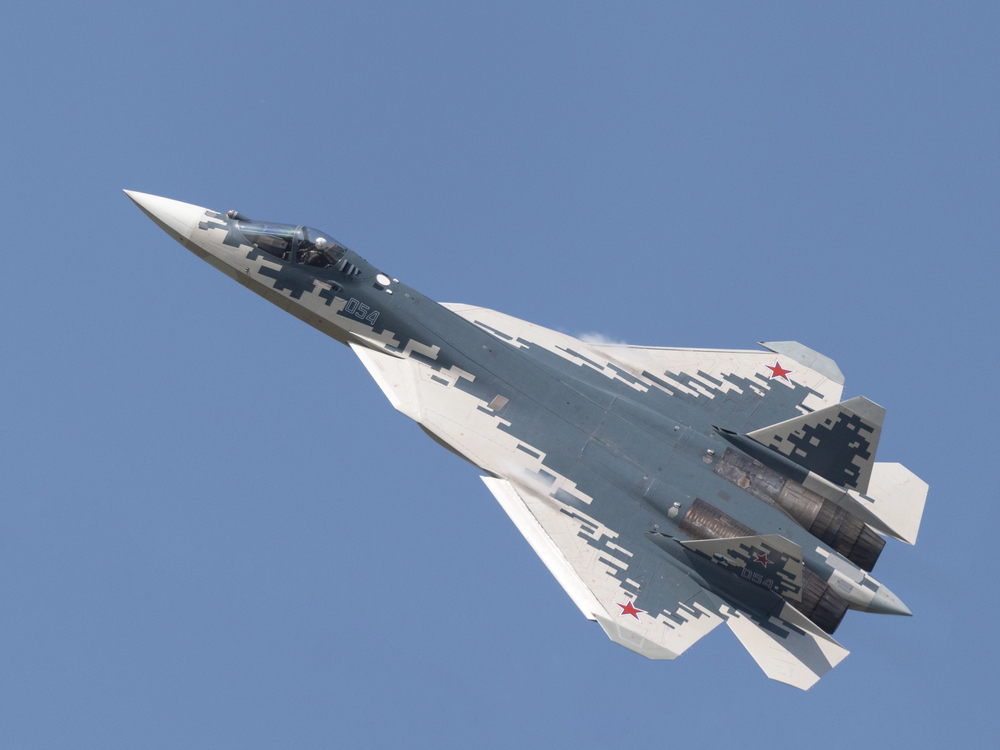
A radar cross-section of at least 1,000 times greater than the F-35, that is how much larger Russia’s Su-57 Felon is compared to its Western counterpart, based on open-source program objectives and independent testing information. One number sums up the overwhelming technical chasm still dividing Russia’s fifth-generation fighter from the globe’s most technologically advanced stealth planes.
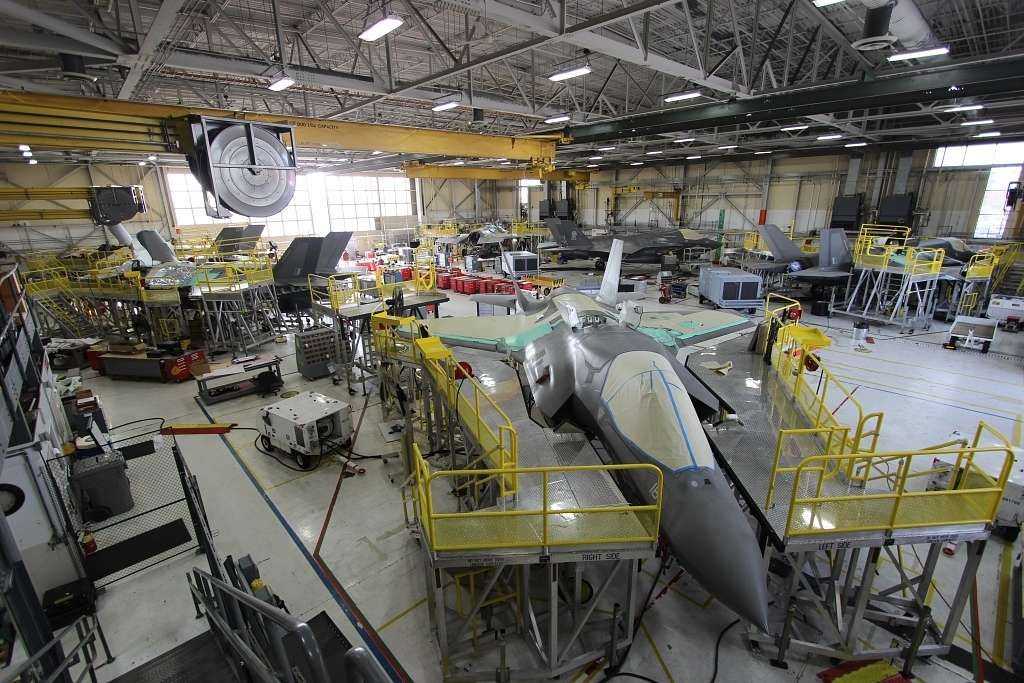
1. Realities of Production: Small Numbers, Limited Impact
Despite its debut flight in 2010 and official entry into service in 2020, the Su-57 remains a rare sight in Russian skies. As of mid-2025, only a small fleet of fewer than 25 airframes is believed to be operational, many of them pre-production prototypes pressed into service out of necessity. Western sanctions and persistent production problems have hindered attempts to accelerate production, with even advanced augmented reality assembly techniques proving unable to get around manufacturing bottlenecks. In contrast, the United States and its allies have deployed in excess of 1,000 F-35s in 17 countries, infusing the platform at the center of NATO airpower doctrine.
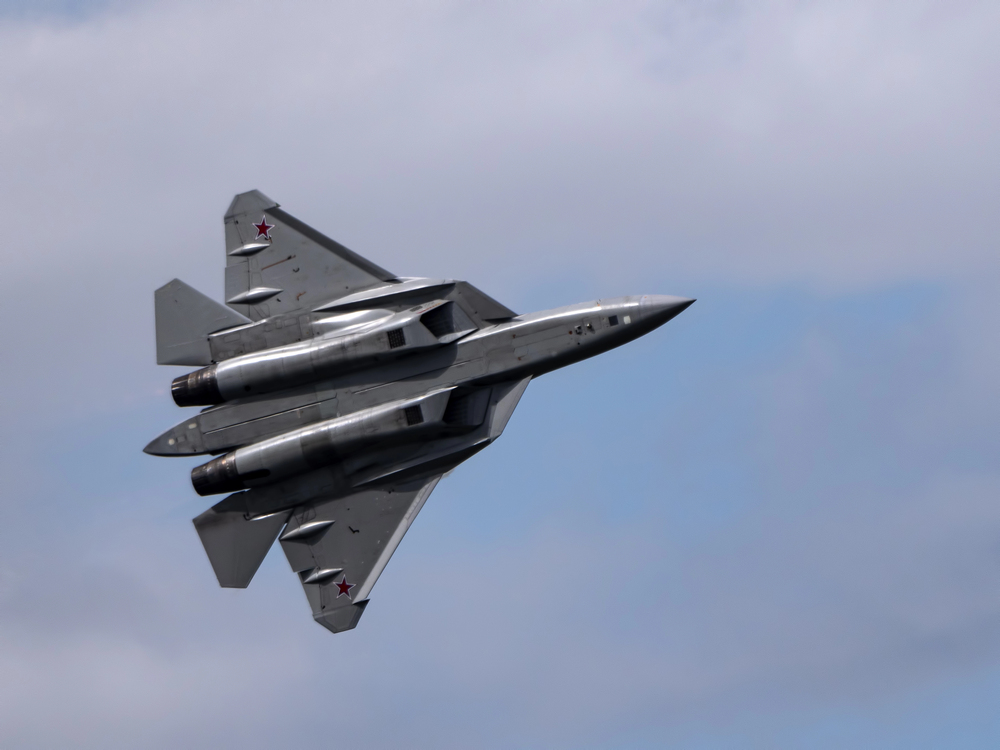
2. Propulsion: Engine Delays and Performance Limitations
The propulsion tale of the Su-57 is one of ambition frustrated by delay. Early variants are powered by the AL-41F1 (Izdeliye 117) engine, a development of older designs that, although powerful, is short of actual fifth-generation capability. The long-awaited Izdeliye 30 engine, with 19,000 kg of afterburner thrust and better fuel economy, has appeared in only limited service following many years of delays. Russian test flights have already shown their supercruise capabilities, but as of 2025, the majority of operational Su-57s still operate with the less capable, older engines, according to defense experts. This undermines the F-22’s capability for sustained supersonic cruise without afterburners, a capability the F-22 has carried for decades, and the F-35 attains merely through engine power.

3. Stealth: Design Choices and Radar Cross-Section Limitations
Stealth is the defining metric of fifth-generation fighters, and here the Su-57’s compromises are stark. Sukhoi’s designers sought to balance agility with low observability, but the result is an aircraft with a radar cross-section (RCS) between 0.1 and 1 m², orders of magnitude larger than the F-35’s ~0.001 m² signature by expert consensus. The Felon’s employment of composite materials and radar-absorbent paints is impressive, but open engine nozzles, lower accuracy edge alignment, and absence of serpentine intakes make it susceptible to detection.
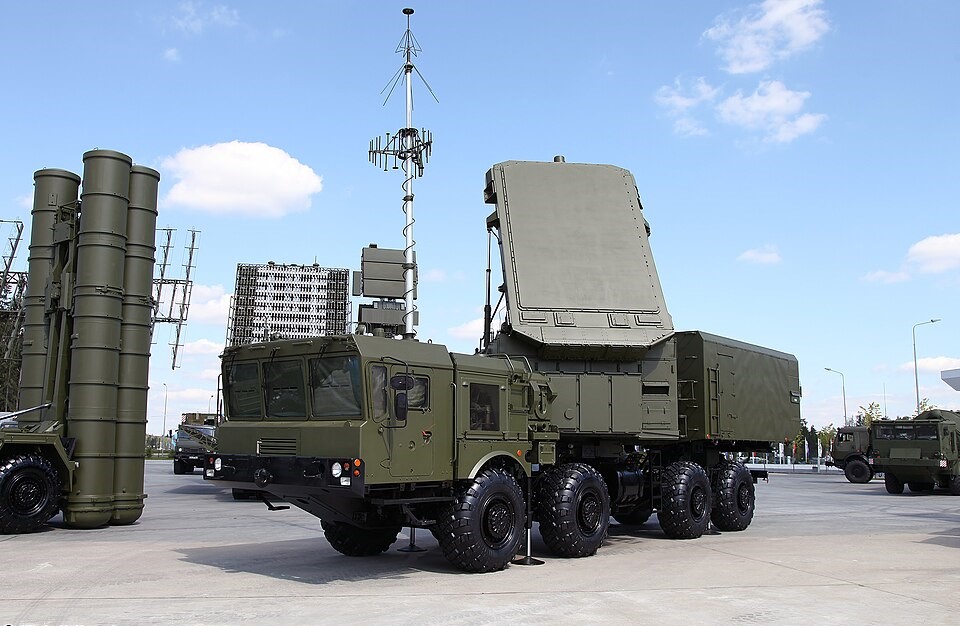
Radars like the S-400’s 91N6E can detect the Su-57 at 155 km, as opposed to only 27 km for the F-35, a six- to tenfold range increase as explained by radar experts. Though the Su-57’s front end is optimized, the side and rear signatures remain prominent, a fatal flaw in contemporary air combat.
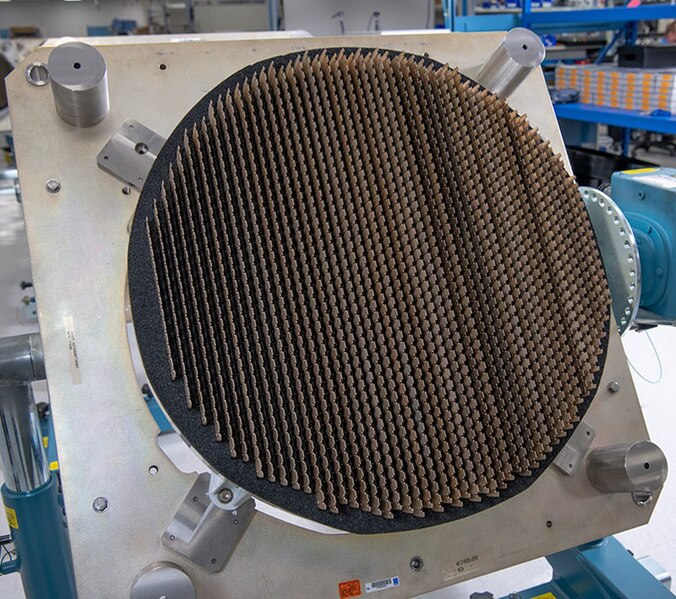
4. Avionics and Sensor Fusion: A Digital Divide
Fifth-generation supremacy is as much about data as it is about speed or stealth. The F-35’s integrated battlespace image, driven by the AN/APG-81 AESA radar, Distributed Aperture System, and sophisticated sensor fusion, has established a new benchmark for situational awareness and networked warfare. The Su-57, which comes with the N036 Byelka AESA radar and 101KS “Atoll” infrared suite, provides 360-degree coverage and L-band arrays that can potentially facilitate the detection of stealthy opponents. Its sensor fusion and data-sharing capabilities fall behind the F-35’s, restricting it from functioning as a “digital quarterback” in coalition or joint environments based on comparative assessments. Hence, the Russian air force is developing the Su-57’s successor. Russian developments in cockpit automation and helmet-mounted displays are impressive, but cannot match Felon’s integration of real-time data years behind Western standards.
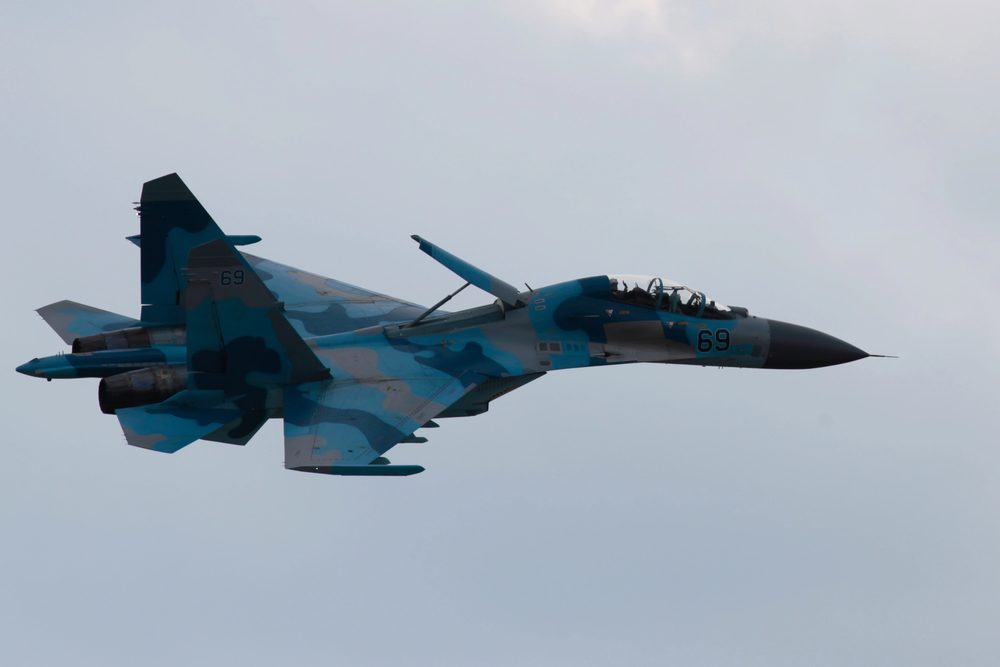
5. Industrial and Economic Limitations
Russia’s industrial realities double the Su-57’s technical issues. Underinvestment, sanctions, and dependence on legacy production methods have restricted production speed and size. The choice to modify the Su-27 airframe, instead of creating an entirely new low-observable platform, is a result of economic imperative and industrial constraint. As was observed by one aviation analyst, “For the most part, real-world design objectives aren’t dictated by your group of engineers but your economic and industrial capability.” The last 30 years and the last 6 months clearly establish that Russia neither possesses the industrial capacity nor the economy to create a VLO fleet.
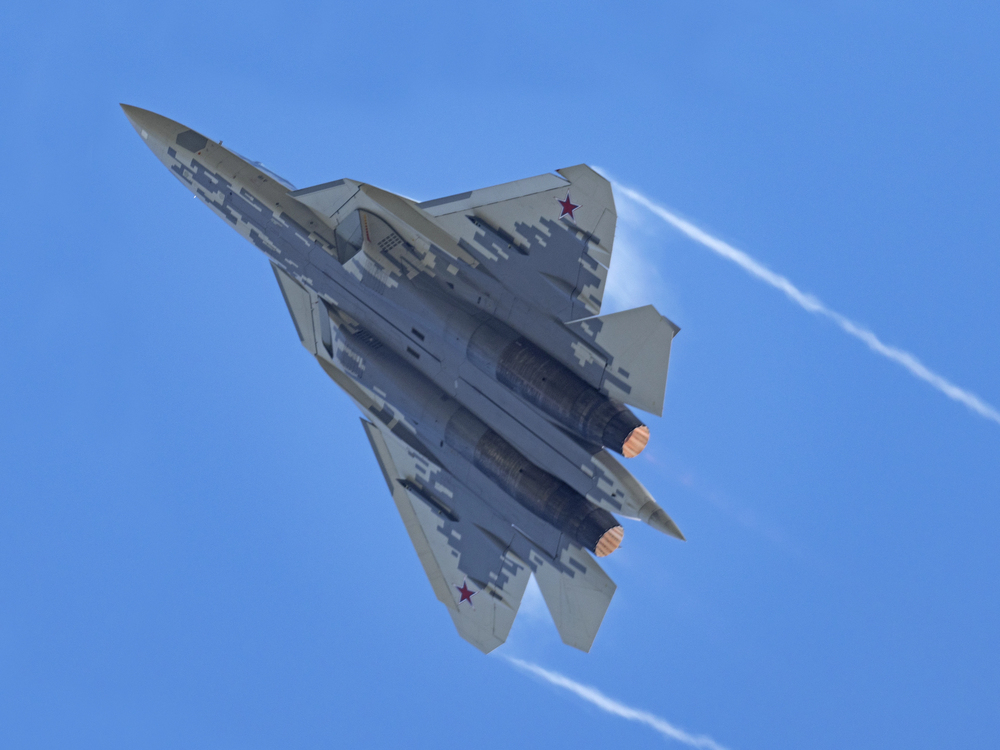
6. Export Market and Strategic Reach
Globally, the Su-57 has failed to attract buyers. The widely publicized collaboration with India fell apart in 2018 due to apprehensions over cost, technology transfer, and performance. Algeria’s recent purchase of six Su-57Es is the first export success, but international demand is sluggish with most potential buyers discouraged by the fighter’s untested record and manufacturing slippage. Lacking strong export orders, the Su-57 unit price upwardly quoted at $50–54 million, is likely to increase further, frustrating Russia’s ambitions to deploy the fighter in numbers.

7. Operational Record and Combat Validation
As the F-35 has accumulated thousands of hours of combat time in several theaters, Su-57’s operational record is short. Its Syrian and Ukrainian deployments have been limited and tentative, with sorties capped at distant strikes with stand-off weapons. The Kremlin’s reluctance to expose its frontline fighter to contested airspace both reflects the platform’s utility and weakness. As Western intelligence has noted, “the Su-57 Felon adds vital capabilities to the Russian Aerospace Forces,” but it “hasn’t made a difference in the biggest war the Russian military has been involved in since the Great Patriotic War in World War Two” in recent defense reporting.
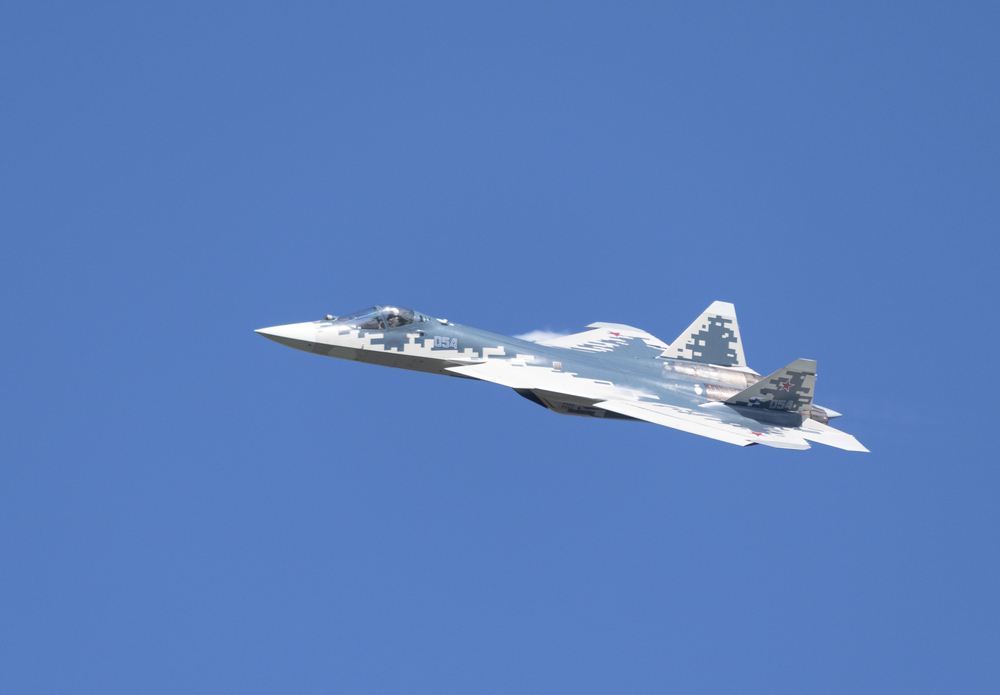
Even with these troubles, however, the Su-57 is still a technologically aggressive platform, one that reflects Russia’s commitment to challenging Western air supremacy even as it struggles with the imperatives of contemporary aerospace technology and fiscal austerity.
